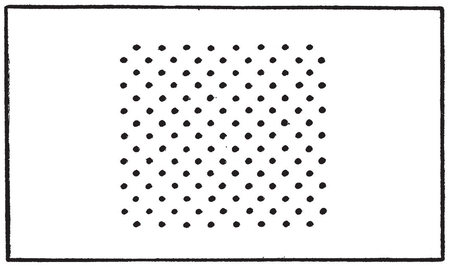Chapter I
The Case for Hope
Two of every three adults, many of them young, and a sizable proportion of children as well, today are limping along with defective eyesight. Seemingly, the only practical resort for them is to wear glasses.
No medical man, no eyesight specialist, claims that eyeglasses are more than a useful kind of crutch. They offer symptomatic relief, allowing more acute vision when worn. But they do not cure visual defects, do not touch causes.
Eyeglasses have their inconveniences, of course, producing a change in appearance not always considered desirable and sometimes imposing restraints on activity. They are annoying when they steam and fog, and when they break and have to be replaced.
But there is something much more disconcerting about them.
If you have defective vision and have worn glasses for some years, chances are youve had several changes of lens, each time to a stronger prescription. Your sight now, unaided by glasses, may not be nearly as good as it was when you first started wearing them. Your natural vision, it would seem, is becoming worse instead of better.
Glasses, as Dr. Frank D. Costenbader, a distinguished ophthalmologist, recently reminded the National Society for the Prevention of Blindness, only help the present but not the future of the wearer. They do nothing to halt progressive deterioration of sight. Indeed, there are those who believe that their very use contributes to deterioration.
Are glasses the only possible answer?
Are the eyes so different from all other body organs that, when they fail to function properly, there is no cure, no other help than a mechanical aid?
And are the eyes, to begin with, so inherently weak, and here again so different from all other body organs, that they should fail to such a huge extentfail for at least two thirds of all persons and at such an early age?
Happily, the answer to all these questions isno.
A CHECK FOR YOURSELF
In an ordinary business card, punch pinholes about  of an inch apart so they make equilateral triangles, like this:
of an inch apart so they make equilateral triangles, like this:
Remove your glasses and look about you. You dont see well, of course. For this check, deliberately pick out a number of objects that you see as blurs. Make certain that all are in a good light.
Now, hold the card up before your eyes and look through the pinholes at the blurred objects. Dont stare. Dont try hard. Just glance at the objects casually.
If you do this properly, youll be surprised to find that now, as you look through the pinholes on the card, there is a considerable improvement in your vision. The objects are no longer blurs. If your vision loss has not been severe, they may be quite sharp and clear. Even with severe vision impairment, they are far less hazy.
What you have just done is a happy demonstration, first, that you have greater potential vision, a greater natural power of sight than you may have dreamed. It also demonstrates, even if to only a limited extent, why you have lost good vision and how you can win it back. For, probably without realizing it, in order to see at all through the pinholes you had to use your sight in a different way, abandoning several poor vision habits in favor of proper ones. For example, you had to centralize instead of spread and blur your vision. Your sight, in shifting, was made extremely mobile. Centralization and mobility, as it will become clear later in this book, are just two of a number of vital habits that help to assure good vision.
It has long been a commonly accepted theory that when nearsightedness, farsightedness and other refractive errors occur, the trouble must lie in a defective lens or in other structural abnormalities of the eye. The solution has been to correct for, or compensate for, the defect with glasses.
But there is another theoryand the pinhole check helps demonstrate itthat offers more hope. It holds that visual loss is not, invariably, the result of a fault in the lens or of a defect anywhere else in the structure of the eye. It proposes, instead, as well see in greater detail in Chapter II, that the trouble may be functional rather than organic. To put it another way, the eye itself may be perfect but use of it not; a major fault, and sometimes the only fault, may lie in poor visual habits, which were either learned originally or acquired later because of emotional problems or stress situations. As a natural corollary, this theory holds that correcting poor habits may stop further deterioration of already poor sight, and bring about correct rather than corrected-for vision.
How does this theory actually work out in practice? What can you expect to accomplish for your own sight if you are willing to do a few simple things each day?
If you have just tried the pinhole check, the improvement you noted represents your immediate potential sightwhat your natural visual ability may be, unaided by glasses or by peering through pinholes, but looking about normallyin the near future, perhaps within six months or even less. Many people are able to double their sightand some even triple itwithin twelve weeks. The time required to achieve your immediate visual potential will depend not only on the amount of practice but on the extent of sight loss with which you start.
For example, if you are nearsighted, with a doctors diagnosis of 20/40 vision now, your immediate potential may be 20/20a doubling of your visionand you may achieve it within twelve weeks. But if your sight now is only 20/400, one twentieth of normal vision, and your immediate potential is 20/50, in twelve weeks you may double your visual ability to 20/200, or even better, but it will take more months of practice before you can hope to achieve your immediate potential. Once you gain ground to this point, you may go on with further practice to achieve your ultimate potential of still greater, possibly even normal, vision.
For farsighted people, the outlook is the same. Suppose that, now, unaided by glasses, you can read, let us say, only the title of this book, but through the pinholes are able to read this print. Your immediate potential, which you are likely to achieve in a few months, will be the ability to read book print with your unaided eyes. At that point, you may be able to read, through the pinholes, the tiny print found in a later chapter, an indication of what your ultimate potential visual ability may be with further practice. These estimates are based on results achieved by almost 15,000 people with visual losses of various types who have retrained their vision under the supervision of myself and some sixty instructors. As I write this, I have before me the records of 2,857 with whom I worked personally.
The total figure of 2,857 includes some who had only a few lessons and stopped. It includes people who did not want to work for better sighteven those who did not want to see better. (If it seems impossible to imagine a person who does not want better sight, consider, as representative, an auto mechanic with such great vision loss that he has been classed as occupationally blind for ten years, and for whom regaining sight means loss of a pension and the need to return to work in a competitive field where he would have to learn newer skills. Although he may give lip service to the idea of trying to regain vision, he makes no real effort.)

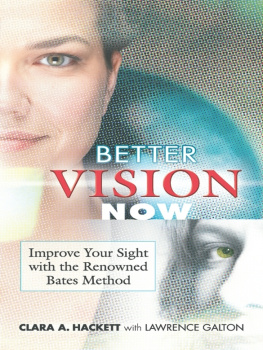
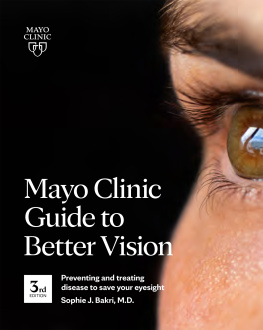

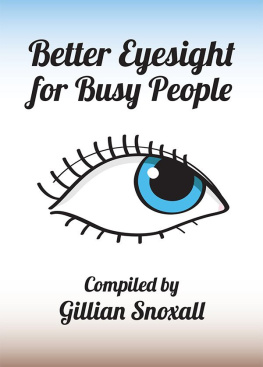
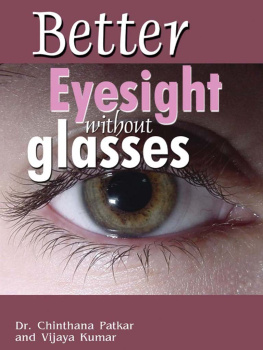
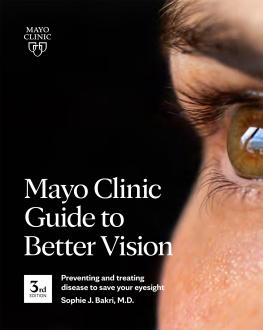

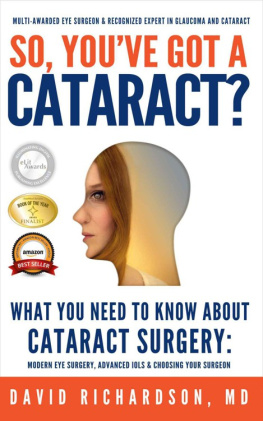
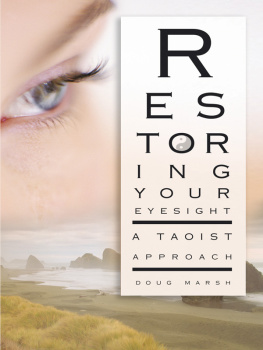
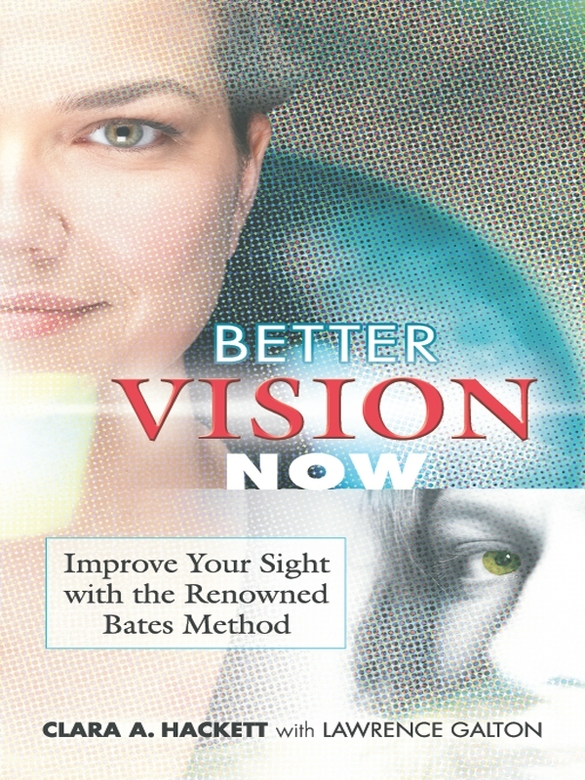
 of an inch apart so they make equilateral triangles, like this:
of an inch apart so they make equilateral triangles, like this: